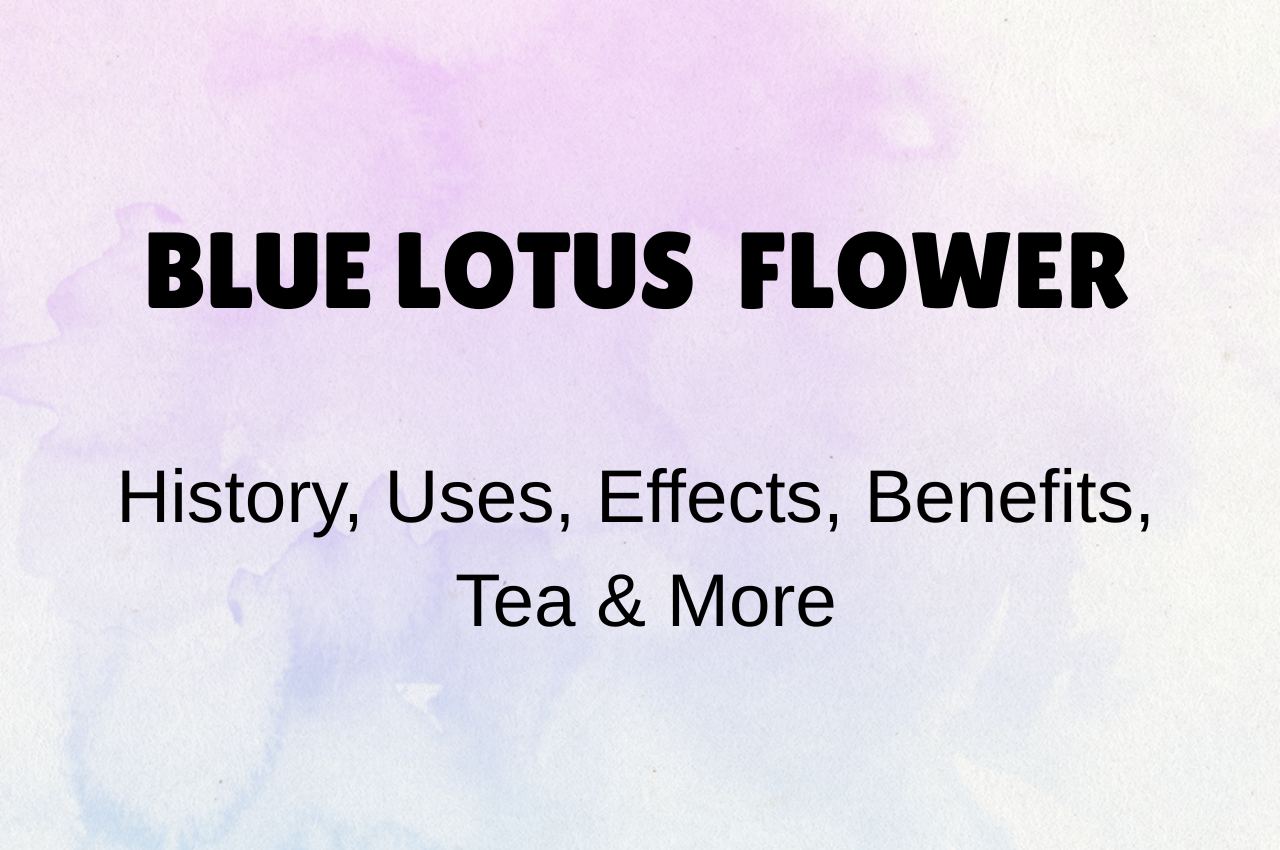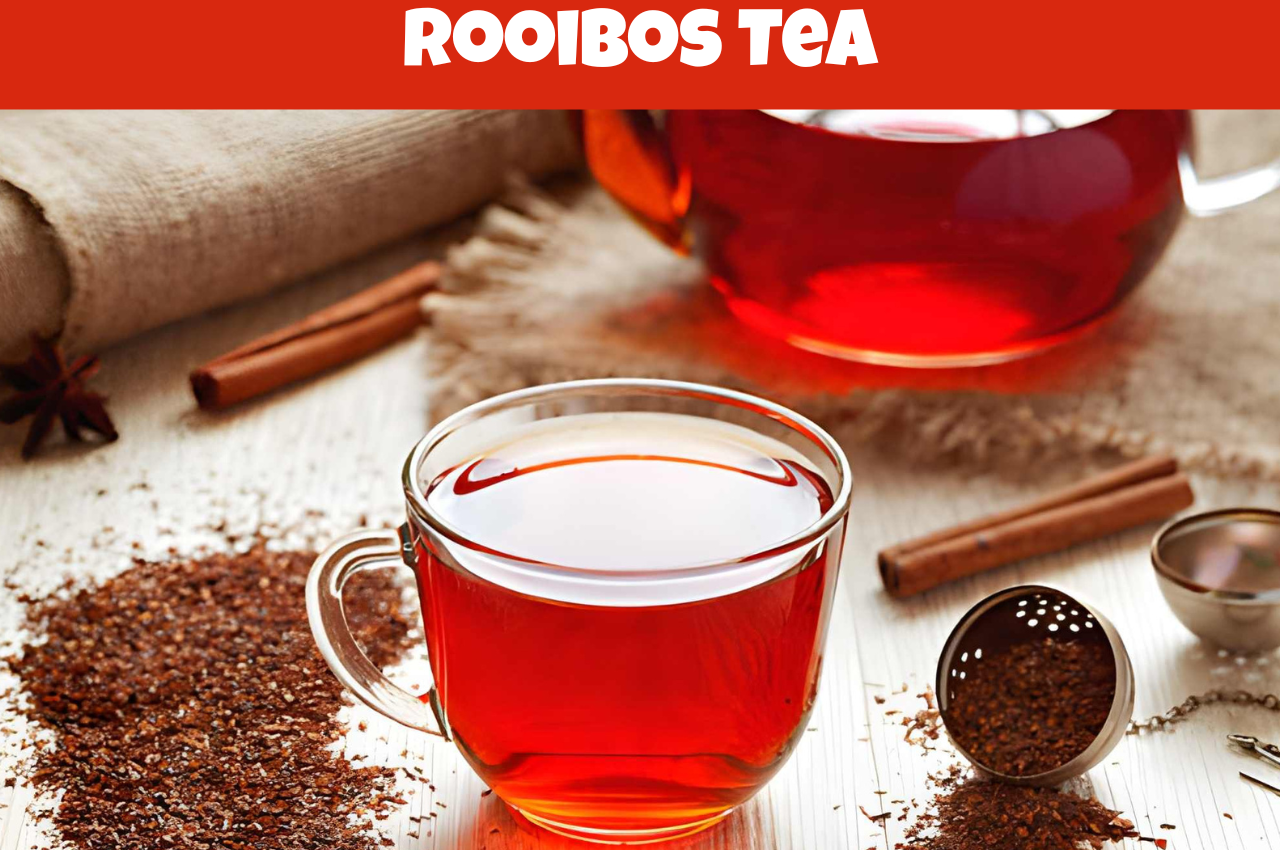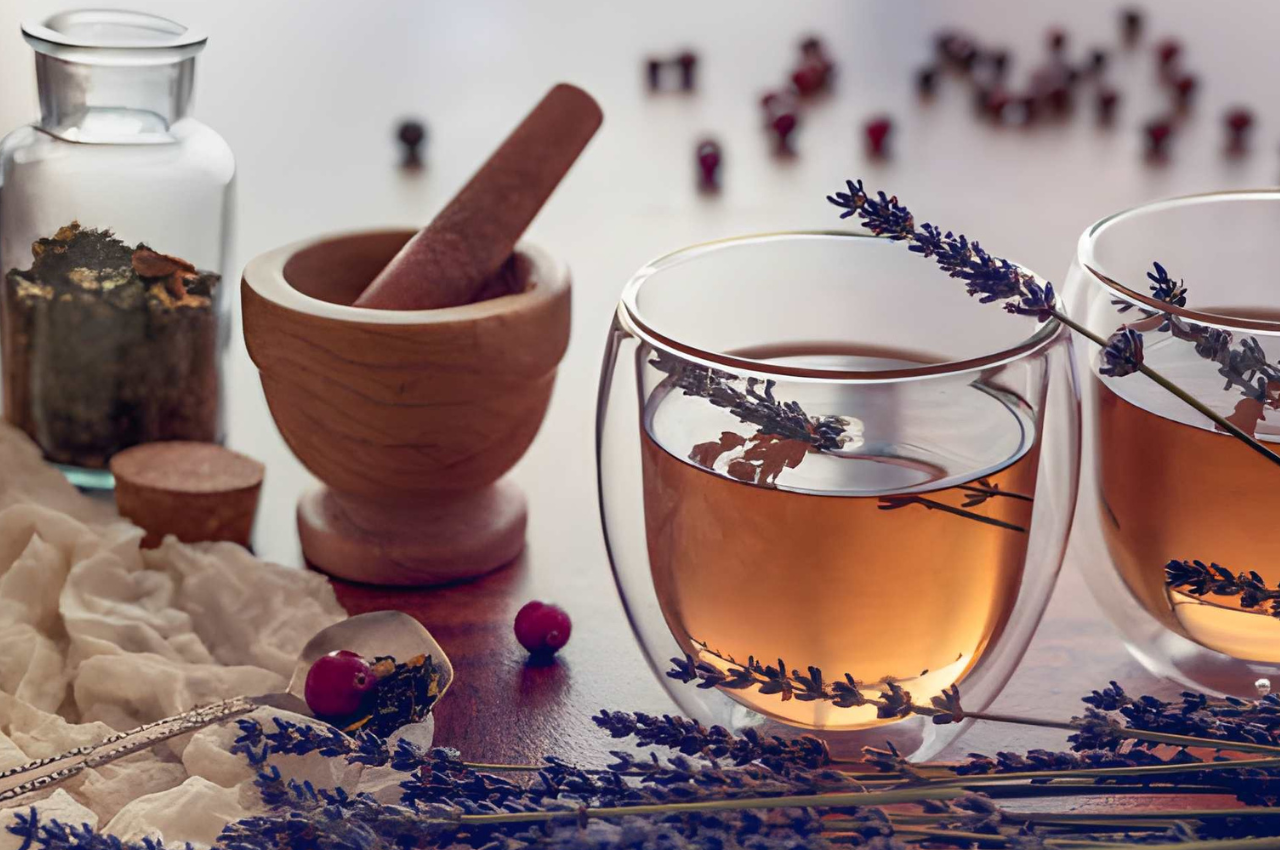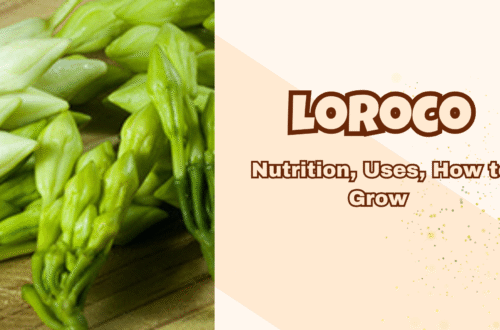The Blue Lotus Flower can capture your attention as if it’s magic. With its deep blue petals, gold center and enigmatic reputation, it is a plant that seems lifted straight from myth or ancient painting. And in many ways, it is. Setting aside for the moment the implications of mind-altering effects, this flower has been extolled for its beauty and symbolism from ancient times.
Nowadays, interest in blue lotus has surged once more — with everyone from plant fans to wellness junkies to natural mood boosters (ahem) getting curious about this centuries-old remedy. But what’s true? What’s exaggerated? And what do you need to know before brewing that first cup of blue-lotus tea?
Let’s dive into its ancient history, traditional uses and potential benefits (as well as dangers) — all in one long, deeply detailed easy to read guide.
What Is the Blue Lotus? A Quick Introduction
Despite its name, the Blue Lotus (Nymphaea caerulea) is not a true lotus but actually a water lily. It grows in ponds, lakes, and slow-moving waters, producing vivid blue-violet flowers that open in the morning and close by afternoon.
This gentle daily “opening and closing” rhythm fascinated ancient cultures. To them, the flower symbolized rebirth, awakening, and divine beauty. Even today, gardeners love blue-lotus plants for their ornamental elegance.
But beyond beauty, the flower also contains alkaloids like nuciferine and sometimes apomorphine — compounds believed to influence mood and relaxation. That’s where the story becomes even more interesting.
A Journey Through Time: The Ancient History of Blue Lotus
If the Blue Lotus had a passport, it would be stamped repeatedly with “Ancient Egypt.”
Blue Lotus in Ancient Egypt
The flower appears in countless Egyptian artifacts — carvings, temple murals, tomb paintings, and jewelry. Pharaohs, priests, and elites were often shown holding or smelling the flower.
To the Egyptians, Blue Lotus symbolized:
- the sun and rebirth
- spiritual awakening
- celebration, pleasure, and relaxation
- connection with the divine
Some historians believe the flower may have been used in rituals or ceremonies for its potential mood-altering effects or gentle euphoria.
Cultural Significance Beyond Egypt
Blue Lotus also appears in:
- Buddhist art, symbolizing purity of the mind
- Ayurvedic and herbal traditions, for calming and wellness purposes
- Meditative practices, as a plant connected to tranquility and spiritual clarity
Clearly, this is not just another pretty flower. It carries centuries of cultural and spiritual weight.
What Makes Blue Lotus Special? The Active Compounds
While research is still limited, two key compounds in the plant often gain attention.
- Nuciferine
This is the most consistently found alkaloid. Scientists believe it may have:
- calming or sedative effects
- mild dopamine-related activity
- potential for mood regulation
It’s not considered a strong psychoactive substance, but may support relaxation.
- Apomorphine (Sometimes Present)
Apomorphine is a well-known dopamine agonist used in modern medicine for certain neurological conditions.
Important note: Many commercial blue-lotus products do not contain meaningful amounts of apomorphine — which means effects may vary widely.
Traditional & Modern Uses of Blue Lotus Flower
- Relaxation and Stress Relief
Many people use blue lotus for its potential calming effect. While evidence is not strong, anecdotal experiences often describe a sense of:
- mild relaxation
- light mood uplift
- mental calmness
This is one of its most popular modern uses.
- Sleep Support
Because of its soothing nature, some drink blue-lotus tea before bed to unwind. The sedative-like qualities of nuciferine may play a role, although the effect is mild for most people.
- Spiritual and Meditative Practices
For centuries, spiritual practitioners used the flower to promote:
- focus
- inner stillness
- dream clarity
- tranquil meditation
Even today, it’s popular among people interested in mindfulness or ritual herbal practices.
- Euphoric or Mood-Enhancing Effects
Some users describe a gentle “floaty” feeling or light euphoria. This effect is subjective and dose-dependent.
- Sexual-Wellness Interest
Historically, Blue Lotus was considered an aphrodisiac. Modern interest continues because dopamine plays a role in sexual arousal, but scientific proof is limited.
- Aromatherapy & Skincare
Some brands incorporate blue-lotus extracts into:
- perfumes
- oils
- skincare products
These uses are mostly for fragrance and luxury appeal rather than proven medicinal effects.
Blue Lotus Tea: The Most Popular Way to Enjoy It
This is where curiosity peaks for many people — and yes, blue-lotus tea is quite popular.
How Blue Lotus Tea Is Made
The tea is usually made from:
- dried blue-lotus petals
- sometimes the stamens for a stronger aroma
The brewing process is simple:
- Heat water (just below boiling).
- Add 1–2 teaspoons of dried petals.
- Steep for 8–10 minutes.
- Strain and enjoy warm.
The tea has a mildly floral, earthy taste — soothing and pleasant.
How It Makes You Feel
Most people report:
- relaxation
- reduced tension
- a gentle warm mood
- mild drowsiness if taken before sleep
It is NOT intoxicating like cannabis or alcohol. Effects are subtle and vary depending on product quality.
Other Ways Blue Lotus Is Consumed
Though tea is the most common, other forms exist:
- Tinctures or extracts
- Essential oils (for aromatherapy)
- Wine infusions (traditional use)
- Resins
- Vape juices (riskier form; not recommended)
Extracts tend to be more potent but also have higher risk due to inconsistent strength and purity.
Potential Benefits of Blue Lotus Flower
Although modern scientific studies are limited, traditional use and early research suggest potential benefits:
- Supports Relaxation & Stress Reduction
Its calming nature makes it a favorite for evening routines or meditation.
- May Improve Sleep Quality
Some people find it easier to fall asleep or unwind before bed.
- May Offer Mild Mood Support
Thanks to dopamine-related alkaloids, it might promote a gentle uplift in mood.
- Historical Aphrodisiac Effects
Ancient cultures used it for romance, sensuality, and emotional bonding rituals.
- Rich Cultural & Symbolic Value
Beyond health, the flower is deeply meaningful across different cultures.
Side Effects, Risks & Safety Information
This part is extremely important.
Things to Know:
- Blue lotus is not approved for consumption by the U.S. FDA.
- Product purity varies widely. Some may contain little to no active compounds.
- High doses may cause:
- dizziness
- nausea
- confusion
- fast heartbeat
- hallucinations (rare but possible)
- impaired coordination
Avoid combining it with alcohol, sedatives, or recreational drugs.
Pregnant or breastfeeding individuals should avoid it entirely.
Is Blue Lotus Legal?
In most countries — including India — the plant is not strictly banned.
However, legality varies for extracts or psychoactive preparations.
Always check local regulations before purchasing.
Who Should Avoid Blue Lotus?
Avoid it if you:
- take psychiatric or dopamine-related medications
- have heart conditions
- are pregnant or breastfeeding
- are sensitive to sedatives
When in doubt, speak with a healthcare professional.
How to Choose a Quality Blue Lotus Product
Because purity is inconsistent, here’s what to look for:
- reputable herbal brands
- lab testing (if available)
- clear botanical labeling: Nymphaea caerulea
- no artificial dyes or fillers
High-quality petals have a deep blue-purple color and mild floral scent.
FAQs About Blue Lotus Flower
- Does blue lotus actually make you high?
Most people experience only mild relaxation, not a strong “high.” Effects are subtle and vary by product.
- Is blue-lotus tea safe?
Tea is the gentlest form, but safety depends on purity and dose. Start with a small amount.
- Can blue lotus help with anxiety or depression?
There is no strong scientific evidence. Some users report calmer mood, but it should not replace medical treatment.
- Is blue lotus addictive?
There is no evidence of physical addiction, but psychological dependence (using it to relax daily) is possible.
- Can I drink blue-lotus tea every day?
Occasional use is considered safer. Daily use isn’t recommended due to limited safety research.
- Does blue lotus help with sleep?
Many people drink it before bed for its calming effect, but results vary widely.
- Why is blue lotus used in spiritual practices?
Its symbolic ties to rebirth, tranquility, and the divine made it a ritual plant for centuries.
Final Thoughts
The story of the Blue Lotus Flower is one of beauty, history and a touch of mystery. Whether you’re discovering its soothing tea or learning about its cultural history, whether you’re simply basking in the beauty of its elegant petals, it’s not hard to see why people around the world — and throughout history — have flocked to it.
But its past is rich, while modern science has a lot of catching up to do. Make sure to use it judiciously, select a high-quality source and think of it as an easygoing herbal friend rather than a magic bullet.






